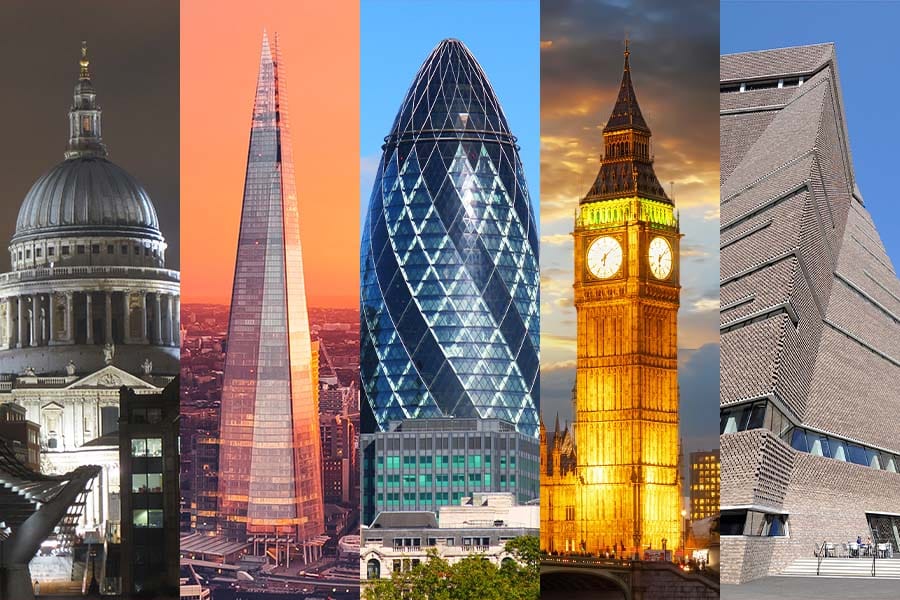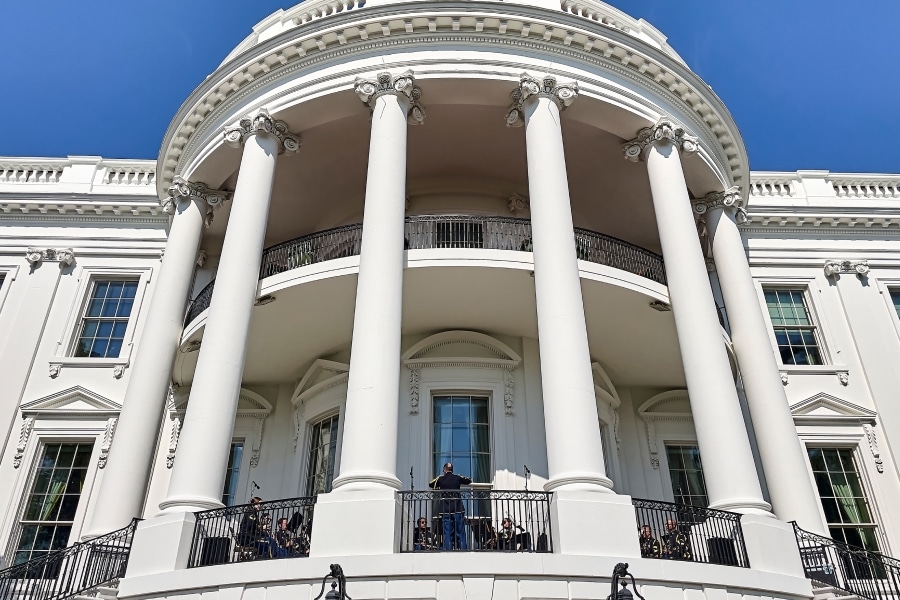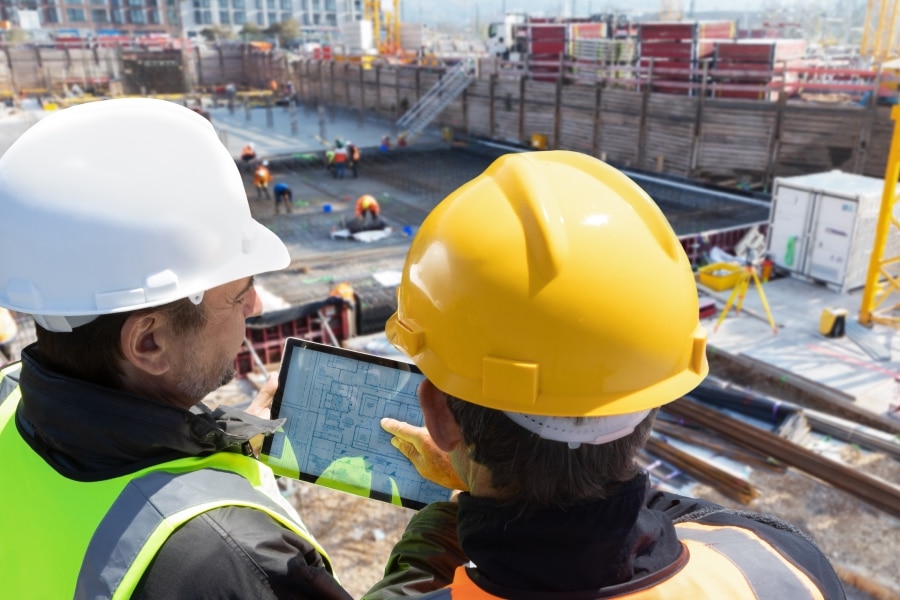Brisbane, Australia, is outgrowing its long-held reputation as a “big country town.” Today, Brisbane’s built environment represents a city with both a colorful history and an exciting future.
Take a tour of Queensland’s capital city by visiting five structures that span more than a century of Brisbane’s architectural history.
Take in these fascinating facts while you watch:
The Story Bridge (1935 – 1940)
- Approximately 100,000 cars are carried across this World War II-era steel structure every day—almost as many as the Golden Gate Bridge in San Francisco (112,000).
- It’s the longest cantilevered bridge in Australia.
- John Bradfield, chief engineer, was also chief engineer on the Sydney Harbour Bridge and much of Sydney’s railway network.
- About 95% of construction materials came from within Australia, and 89% of the cost was spent in Queensland. The Sydney Harbour Bridge, by contrast, was designed by British engineers with British steel.
1 William (2013 – 2016)
- This building and the redevelopment of this part of Brisbane city was the catalyst for Queens Wharf.
- Open rooftop terraces allow guests to experience the Queensland climate and panoramic view.
- Each floor has its own color scheme dedicated to a Queensland icon or natural phenomenon, including the saltwater crocodile, the green tree frog, pineapples and the Moreton Bay Fig.
- Nicknamed the “Tower of Power,” 1 William’s tenants consist entirely of government departments.
Customs House (1886 – 1889)
- James Atkinson won the construction tender for Customs House in 1849 for £407 (equivalent to $65,000 AUD or $48,000 USD today).
- Customs House was a functioning Australian Customs Service building until 1988. It remained empty until the University of Queensland leased it in 1991 and began a three-year restoration project to preserve the building.
The Powerhouse (1926 – 1940; restored in 2000)
- When it was in peak operation, the New Farm Powerhouse supplied electricity for the largest tram network in the southern hemisphere.
- Some of The Powerhouse’s past lives include a homeless shelter, an army target practice site, a set for filmmakers and photographers and a meeting point for underground arts groups.
Brisbane City Hall (1920 – 1930)
- When Brisbane City Hall opened, it was the second largest construction in Australia after the Sydney Harbour Bridge.
- Known as “the People’s Place,” Brisbane City Hall still holds regular Council and Standing Committee meetings that are open for the public to attend.
- Like the Powerhouse, this site had many lives prior to Brisbane City Hall’s construction in 1920, including as a roller-skating rink, circuses and Brisbane’s first roller coaster.











